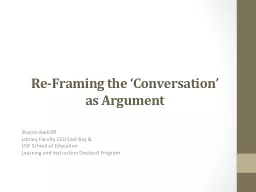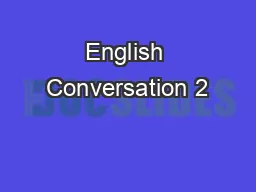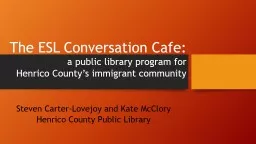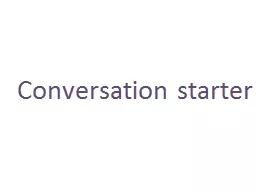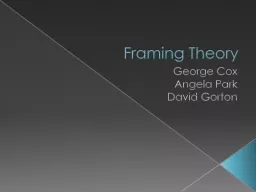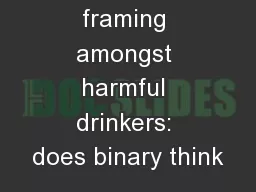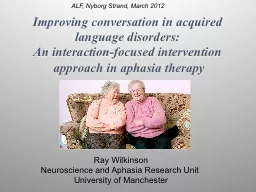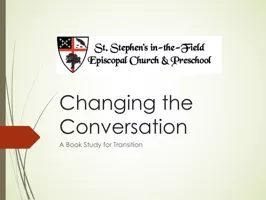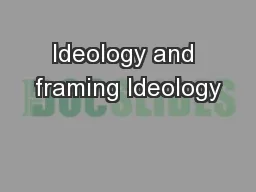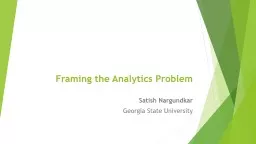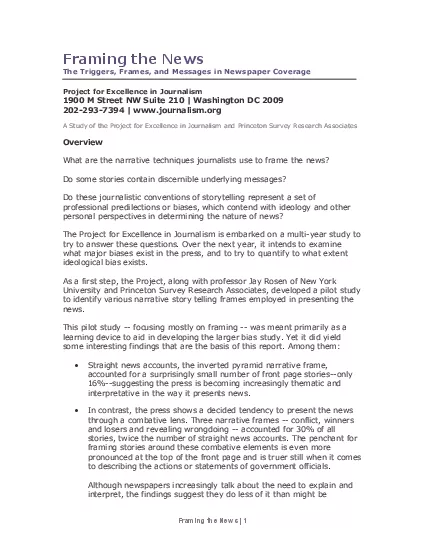PPT-Re-Framing the ‘Conversation’
Author : yoshiko-marsland | Published Date : 2017-12-03
as Argument Sharon Radcliff Library Faculty CSU East Bay amp USF School of Education Learning and Instruction Doctoral Program Abstract The ability to understand
Presentation Embed Code
Download Presentation
Download Presentation The PPT/PDF document "Re-Framing the ‘Conversation’" is the property of its rightful owner. Permission is granted to download and print the materials on this website for personal, non-commercial use only, and to display it on your personal computer provided you do not modify the materials and that you retain all copyright notices contained in the materials. By downloading content from our website, you accept the terms of this agreement.
Re-Framing the ‘Conversation’: Transcript
Download Rules Of Document
"Re-Framing the ‘Conversation’"The content belongs to its owner. You may download and print it for personal use, without modification, and keep all copyright notices. By downloading, you agree to these terms.
Related Documents

